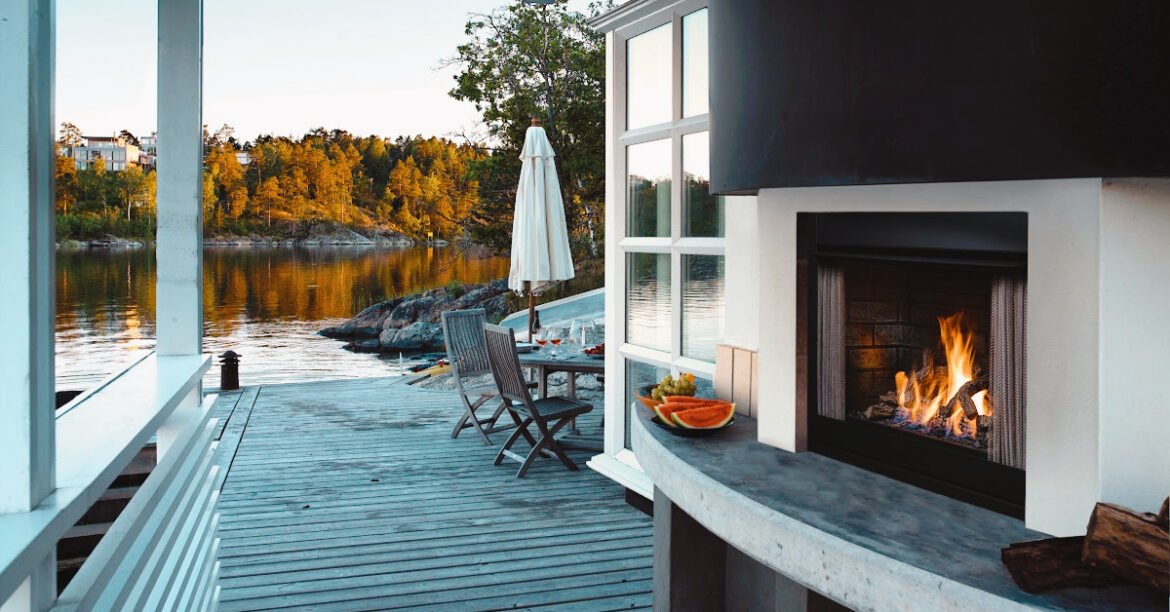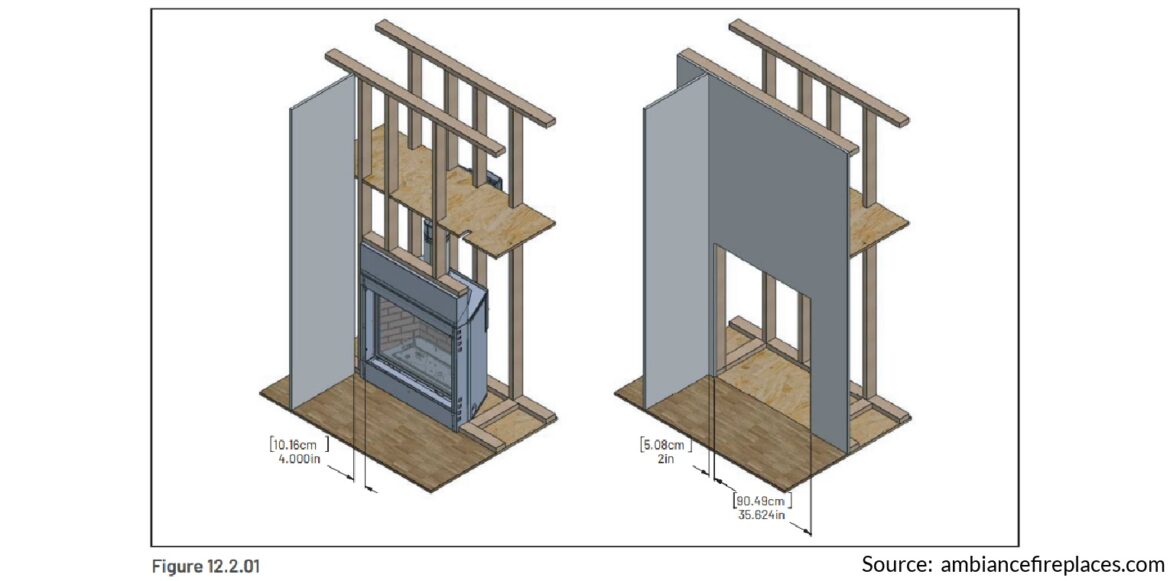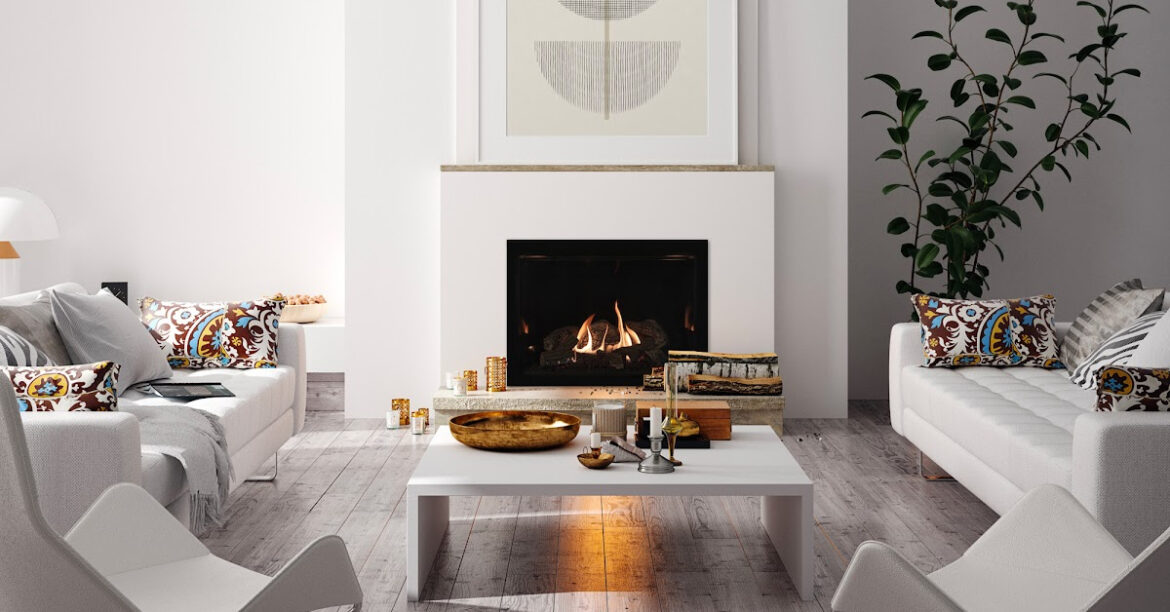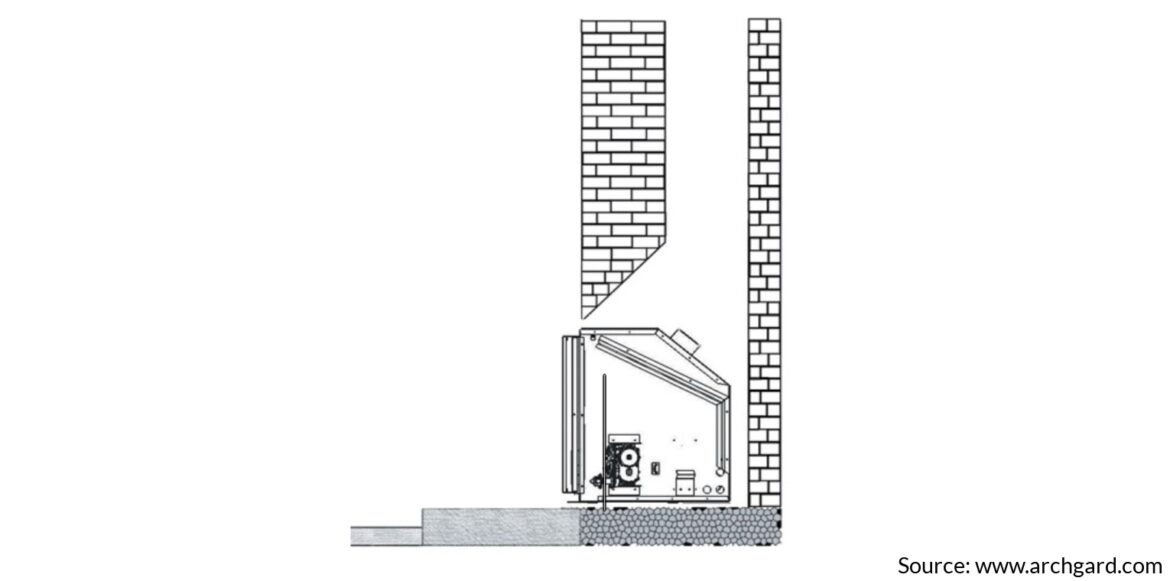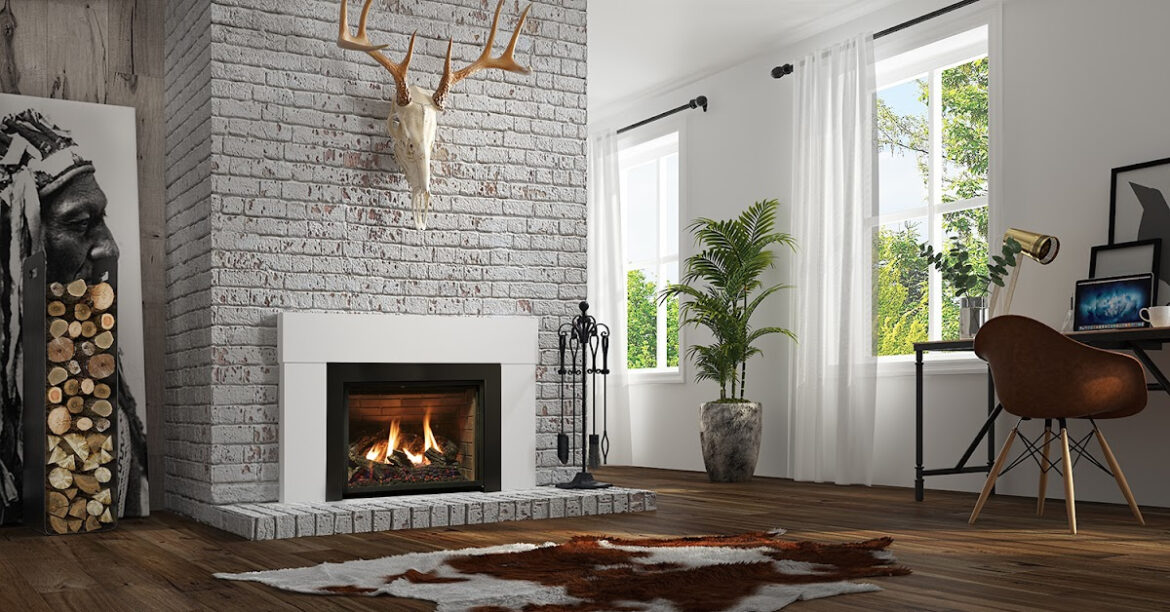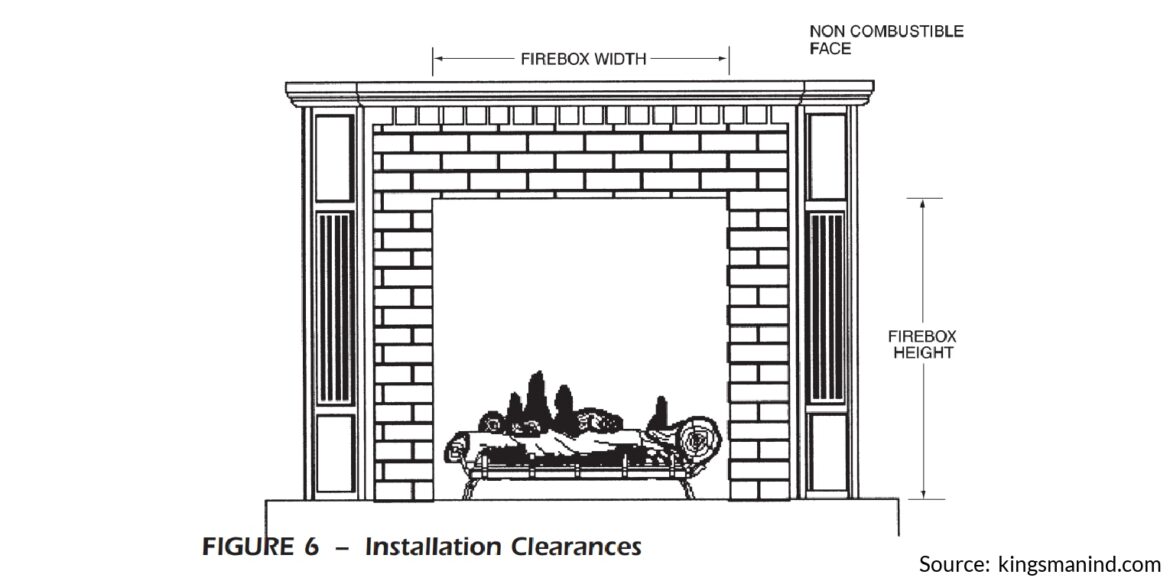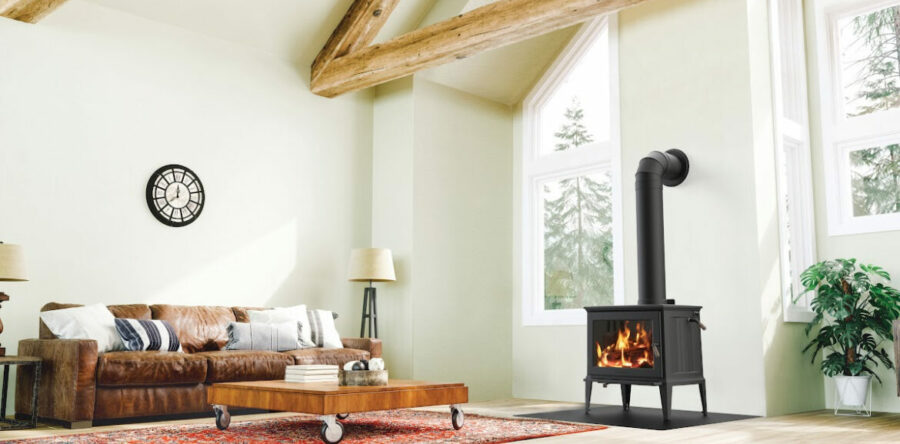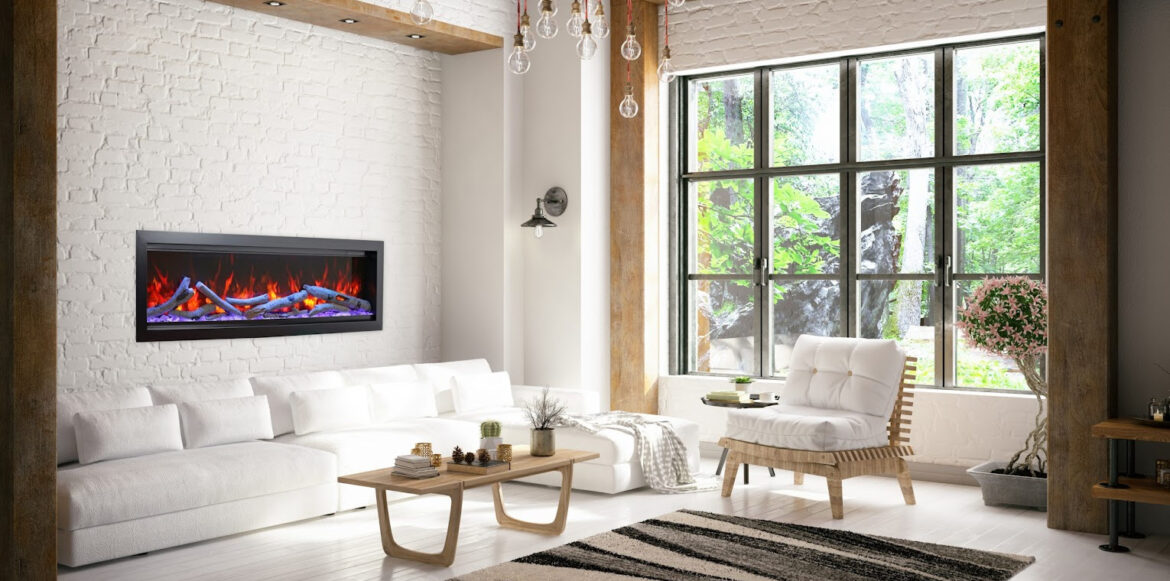In Part 1 of this series, we discussed the differences between a zero clearance (ZC) gas fireplace, a fireplace insert and a gas log set. In this article, we’ll focus on specific questions regarding ZC gas fireplaces and practical tips along with solid suggestions when shopping for one.
ARE GAS FIREPLACES WORTH IT?
Both the National Association of Realtors and the National Association of Real Estate Appraisers say that the addition of a quality gas fireplace in a home can increase the price of the home by several thousands of dollars. This number will vary regionally of course, but these opinions are really nothing new. Findings indicate that a gas fireplace is very desirable amenity that is practical and functional. Many people realize that a gas fireplace creates the ambiance and feel of a cozy, warm and safe place.
When it comes to resale value, studies have shown that half of the people buying a home are willing to pay more, if the home has at least one fireplace!
WHAT GAS FIREPLACE IS THE BEST?
The fact of the matter is: there really isn’t a “best”! Yes, there are some significant differences between one manufacturer and another. But there are lots of solid fireplace companies out there that make some very impressive equipment. Many say that they have the best flame pattern or log design or the coolest options. But as the old saying goes, “beauty is in the eye of the beholder”. So, look on-line and visit a couple of hearth specialty stores and you will soon get a sense of what appeals to your style. Make sure you see the equipment burning because there are still lots of mediocre looking units on the market, too.
Your WE LOVE FIRE® dealer has strong opinions about the brands they carry and why they feel that the way they do. They will be glad to show you the gas fireplaces they feel are the “best”!
WHAT GAS FIREPLACE TO BUY?
Your WE LOVE FIRE® expert feels very strong about the Ambiance® line of gas fireplaces. Ambiance has committed to considerable research and development into their gas fireplace designs. Before starting a fireplace project, nearly 300 fireplace experts and retailers throughout the USA and Canada are asked to contribute their thoughts and ideas. These fireplace pros enthusiastically contribute their comments about design features they know their customers want in a fireplace. Ambiance has successfully incorporated the insight from these industry experts into all the fireplace designs. So, when you purchase an Ambiance gas fireplace, you’ll be getting:
– Innovative burner design that gives an extremely realistic bed of glowing embers and stunning flames.
Logs are carved and painted by hand and look entirely natural and well balanced within the fire box.
Creative fire management technology that means you choose between an “intermittent pilot light” or a “standing pilot light” on your fireplace.
– An easy to use, cleverly designed remote gives you complete control of all the functions on the fireplace. This includes the on/off task, fan speed, heat output, adjusting lighting effects and maintaining consistent room temperatures.
– Realistic accent lighting that adds a warm and original glow to your fireplace.
– BURNING QUESTIONS_ _ Gas Fireplace _ Buying Advice Part 2 – Gas Fireplace Illusion Ambiance
– Gas Fireplace Illusion by Ambiance
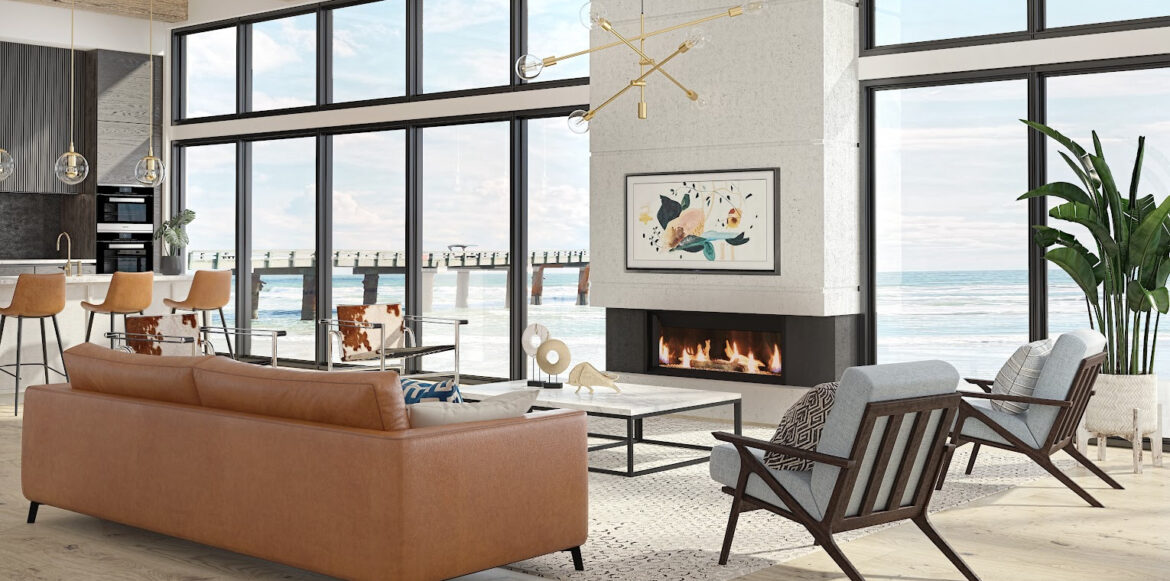
WHERE TO BUY A GAS FIREPLACE?
At your WE LOVE FIRE® dealership, of course! And consider these important points regarding why the purchase should be from them: When you buy something, especially bigger ticket items, do you buy only on price? It’s very unlikely that you do. With enough time and if you keep looking long enough, you can always find the same product, less expensive, someplace else.
Odds are very high that you buy a product where; 1) you are listened to, 2) your wants and needs are understood, and 3) where product expertise, service and a safe track record are evident. All this translates to a good rapport and solid relationship with the sales person. Do you trust the company you are doing business with? Do you get that feeling that they have your best interest in mind?
We’re certainly not downplaying the importance of price. But if that trust and rapport have been established, you will have the confidence in the company you’re doing business with, to treat you fairly and with respect. You can trust that your WE LOVE FIRE® dealers pricing is a fair value for the goods and services you’re purchasing from them.
HOW MUCH DOES A GAS FIREPLACE COST?
Like most things, there is a wide range of prices for a zero clearance, gas fireplace. Small basic models will start around $3000.00. While larger, fancier models can approach $7000.00. Additionally, the installation and finishing costs will need to be added. You can figure on spending anywhere from a few hundred to several thousands of dollars for this part of the fireplace project, depending on the complexity of the final look you’re after.
Remember that your WE LOVE FIRE® dealer is happy to provide detailed pricing and specific costs on any fireplace project you may have in mind.
WHEN TO REPLACE A GAS FIREPLACE?
A gas fireplace does not need to be replaced on a regular basis. But this question often comes up when equipment starts aging out at 20 years or more. Perhaps a customer sees how impressive the newer styles and technology is and simply wants to update.
Replacing an old gas fireplace with an upgraded model is often done as part of a remodeling or home improvement project. A replacement project of this scope is one that your WE LOVE FIRE® dealer will want to evaluate.
CAN I COOK ON A GAS FIREPLACE?
The short answer to this is: No! Cooking is not an option on a direct vented gas fireplace. The sealed combustion process means the glass must be in place for the equipment to operate safely. Always operate a gas fireplace with the gasketed glass in its correct position.
WHAT’S BETTER: GAS, WOOD OR ELECTRIC?
One fuel is not better or worse than the other. Our suggestion is to first decide which fuel fits your lifestyle best and which fuel you would prefer to use.
If you have a nearby source for wood and have the equipment and time to cut, split, haul, stack and dry wood, lots of money can be saved by heating with wood. Wood requires regular and routine maintenance.
If you’re not the type who wants to get your hands dirty and are looking for heat, a gas fireplace will be a much better decision than wood. The size of gas fireplaces and their heat output, varies considerably from model to model.
If just a little supplemental heat is needed in a room and/or you want to use a fireplace year-round, an electric unit might be your best bet.
Two other very important considerations are the location of the fireplace in your home and the venting (for gas) or chimney (for wood) requirements for the appliance.
A GAS FIREPLACE FOR EVERY LOCATION
Gas fireplaces are extremely versatile and can be installed nearly anywhere in the house. Living rooms and family rooms are the most common, but consider a gas fireplace in the dining room, bedroom, office, kitchen or an outdoor model on the deck or patio. The physical sizes and shapes of fireplaces vary tremendously, so use your imagination and ask yourself where you would enjoy a bit more heat and a whole lot more ambiance!
Remember that venting a gas fireplace is required. Most units can be venting directly out a sidewall, so if you’re planning to install the fireplace on an exterior wall, you should be in good shape. Vertical installations through the roof are also a popular option.
